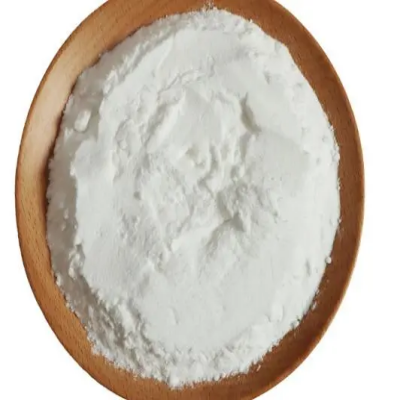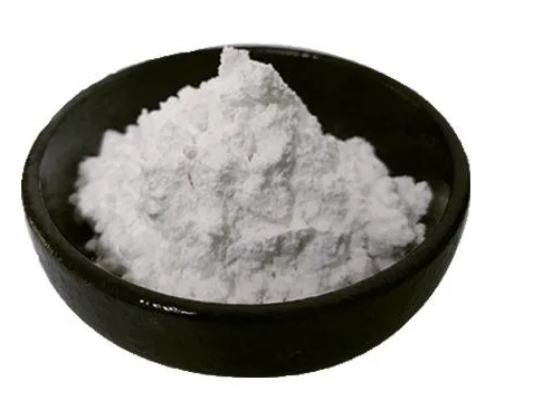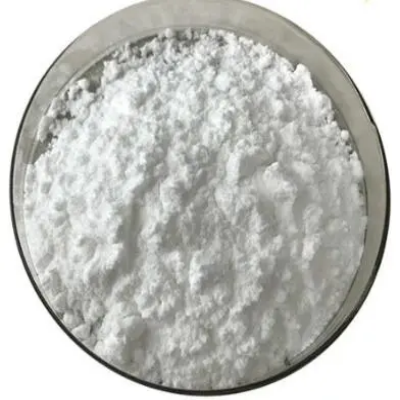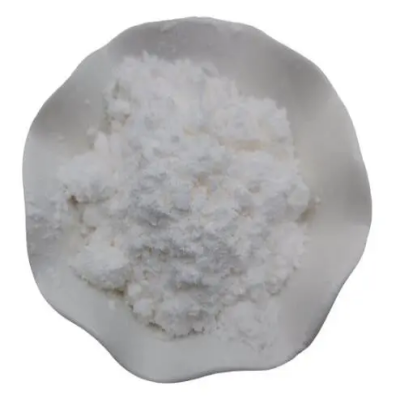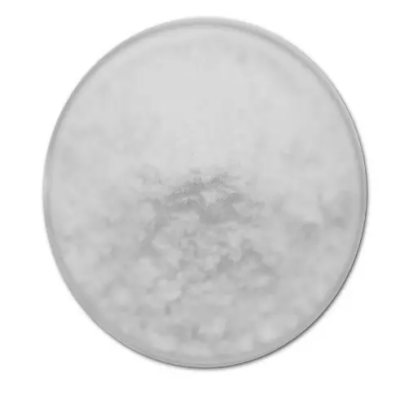2,6-Dibromopyridine CAS:626-05-1
2,6-Dibromopyridine exhibits distinct structural characteristics and versatile applications across multiple branches of chemistry. 1. Synthetic Chemistry: Coupling Reactions: 2,6-Dibromopyridine is predominantly employed in Suzuki-Miyaura and Stille coupling reactions, facilitating the formation of carbon-carbon bonds crucial for synthesizing biaryl and heteroaryl compounds. The bromine substituents act as effective leaving groups, enabling efficient cross-coupling with various organometallic reagents. 2. Medicinal Chemistry: Drug Synthesis: Leveraging its halogenated nature, 2,6-Dibromopyridine is utilized in the synthesis of pyridine-containing drugs, which serve as common scaffolds in pharmaceuticals targeting various diseases, including cardiovascular conditions, neurological disorders, and cancer. Lead Optimization: The presence of bromine atoms on the pyridine ring allows for further functionalization, facilitating structural diversification crucial for optimizing the activity and selectivity of potential drug candidates. 3. Materials Science: Advanced Materials: The reactivity of 2,6-Dibromopyridine is exploited in the design of organic materials, including light-emitting diodes (LEDs) and photovoltaic cells. Its incorporation into polymers and small molecules enhances their electronic properties, essential for applications in optoelectronics. 4. Organic Synthesis: Functional Group Interconversion: The dibromopyridine structure readily undergoes nucleophilic substitution reactions, where bromine atoms can be replaced with other functional groups, providing access to a variety of functionalized pyridines. This flexibility is crucial for the tailored synthesis of complex organic molecules. In summary, 2,6-Dibromopyridine serves as a versatile chemical reagent with broad applications in synthetic chemistry, medicinal chemistry, materials science, and organic synthesis. Its unique structural features and reactivity offer avenues for the development of novel molecules and materials, contributing to advancements across various scientific disciplines.



| Composition | C5H3Br2N |
| Assay | 99% |
| Appearance | white powder |
| CAS No. | 626-05-1 |
| Packing | Small and bulk |
| Shelf Life | 2 years |
| Storage | Store in cool and dry area |
| Certification | ISO. |


